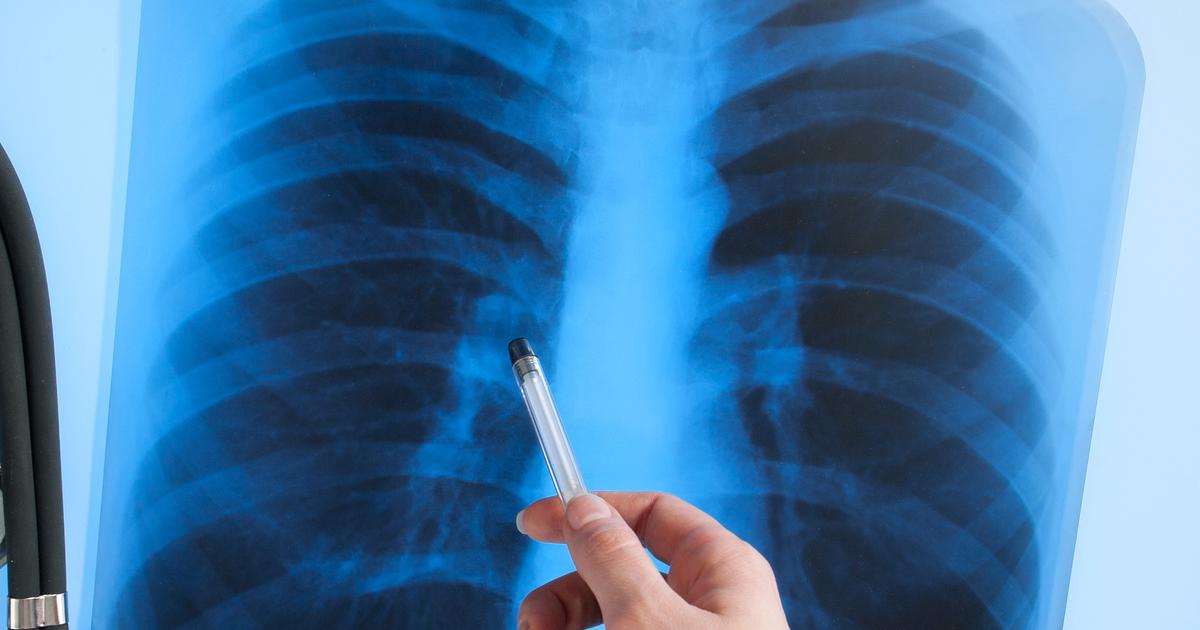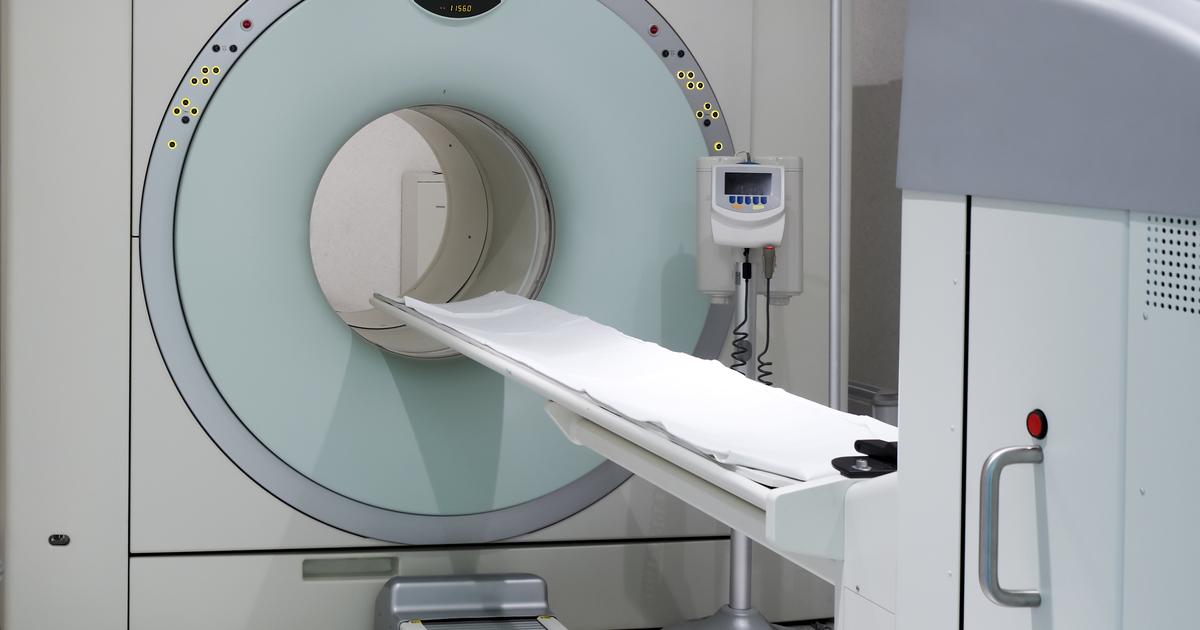The Go-To Guide On How To Identify, Prevent, And Treat A Pulled Muscle
Pulled muscles are common and can result from exercise or simply doing household chores, such as cleaning or lifting heavy objects. They produce swelling, pain, and loss of function in the affected part of the body. When left untreated, these acute soft tissue injuries can develop into chronic injuries. As a result, it is important to understand what a pulled muscle is and how to address it. Read on for a go-to guide on how to identify, prevent, and treat a pulled muscle.
What Is A Pulled Muscle?

A pulled muscle is an injury caused by overstretching the muscle fibers. This happens by forcing a muscle that is not frequently used, lifting a heavy weight without preparing the body for it beforehand, or by using a muscle repetitively (as many sports players do). Pulling a muscle is not the same as tearing one, so it is important to distinguish between the two to address them appropriately. It is easier to treat a pulled muscle and train it to resist the stress applied to it. A torn muscle is more difficult to treat and often requires prompt medical attention.
How Does A Torn Muscle Differ From A Pulled Muscle?

When a muscle is torn, blood leaks from the vessels. This causes sharp pain and almost instant swelling and bruising. The ability to move the muscle will depend on the degree of the tear; if a major muscle is torn, mobility will be limited. A minor muscle tear is classified as Grade 1, which means that the sheet that encases the muscle, also known as a fascia, remains intact. A Grade 2 tear implies that more fibers have been damaged, but the fascia remains intact. A Grade 3 tear involves more damaged fibers and a partially torn fascia. Lastly, a Grade 4 tear occurs when the muscle and fascia are both entirely torn.
Prevention: Warm Up

When playing sports or exercising, it is critical to begin by warming up. A proper warm-up increases the body's temperature, making the muscles more elastic and less likely to tear. Health practitioners recommend doing warm-up exercises on a regular basis because even seemingly simple daily activities, such as moving furniture, can put stress on the muscles. Carefully stretching and rotating the limbs are an excellent way to start the day and prevent injuries. Warm-up exercises are available on YouTube and other websites. When selecting warm-up exercises to perform, it is essential to be aware of the body's limitations to avoid injury.
Prevention: Flexibility

Before stretching or practicing flexibility training, it is helpful to engage in resistance training. This involves preparing the muscles for further exercise and making them resistant to stress. The ideal way to do so is by getting the blood in the body flowing. Simple cardio exercises or power walking are often sufficient. Once the muscles are prepared, which means that they are warm and elastic, engage in activities that improve flexibility and help to prevent potential injuries. Practicing yoga, especially under the guidance of a trained instructor, is an excellent way to improve flexibility.
Prevention: Know Your Limits

While working out, it can be tempting to compete with other people or to try to do what they are doing. However, it can be dangerous to lift heavy weights without ensuring that the muscles are prepared for this. Resist giving in to the pressure to outdo everyone else and recognize that each individual has limitations. If lifting heavy weights is an important goal, it is essential to condition the body for this activity first. Prioritizing health over competition with others helps to prevent injuries and create better resistance over time.
Treatment: Protect

For a suspected pulled muscle, the first course of action is to protect the area from further injury. If the torn muscle is caused by sprinting, rest the affected area. Be sure to walk carefully and wrap the injured part of the body using a bandage to limit movement. If the pulled muscle was caused by bench pressing, the best course of action is to avoid this exercise until the muscle has fully recovered.
Treatment: Rest

After pulling a muscle, it is important to rest it for an appropriate amount of time. Resting immediately after the injury is essential for facilitating recovery and avoiding further injury. However, resting for an extended period of time can decondition the muscle and cause it to harden. If resting the muscles does not reduce the pain within a couple of days, it is time to seek professional help. In this case, physicians typically recommend engaging in a light exercise routine to avoid deconditioning the muscle without causing further harm.
Treatment: Ice

Applying ice is an effective method for reducing pain and swelling. During the first day after an injury, healthcare professionals recommend applying ice for twenty minutes every hour. A convenient way to ice a pulled muscle is to use an ice pack. An ice pack contains liquid and can be left in the freezer until it is needed. As an alternative, simply use ice cubes from the freezer. Place the ice cubes in a plastic bag and wrap the bag in a tea towel. Avoid applying ice to bare skin because it can irritate and even burn the skin.
Treatment: Compression

Applying pressure to the injured area using an elastic wrap or pieces of fabric or tissue can provide support and decrease swelling. Avoid wrapping the material too tightly or keeping it on for long periods of time because it can lead to advance deconditioning of the muscle. Compressing an area of the body decreases blood flow to it, which is vital for maintaining muscle elasticity. Use this method immediately after pulling a muscle and when there is a risk of inflicting pain to the injured area, such as when walking with a pulled leg muscle.
Treatment: Elevation And Medication

To accelerate healing, elevate the injured area when possible. Doing so limits the weight and pressure on the affected area and also reduces pain and swelling. If needed, take anti-inflammatory medications, which reduce both pain and inflammation, or painkillers, which reduce pain only. Some experts warn that these medications disguise the pain from a pulled muscle and give the impression that the injury has healed. For this reason, healthcare professionals recommend against auto-medicating.
